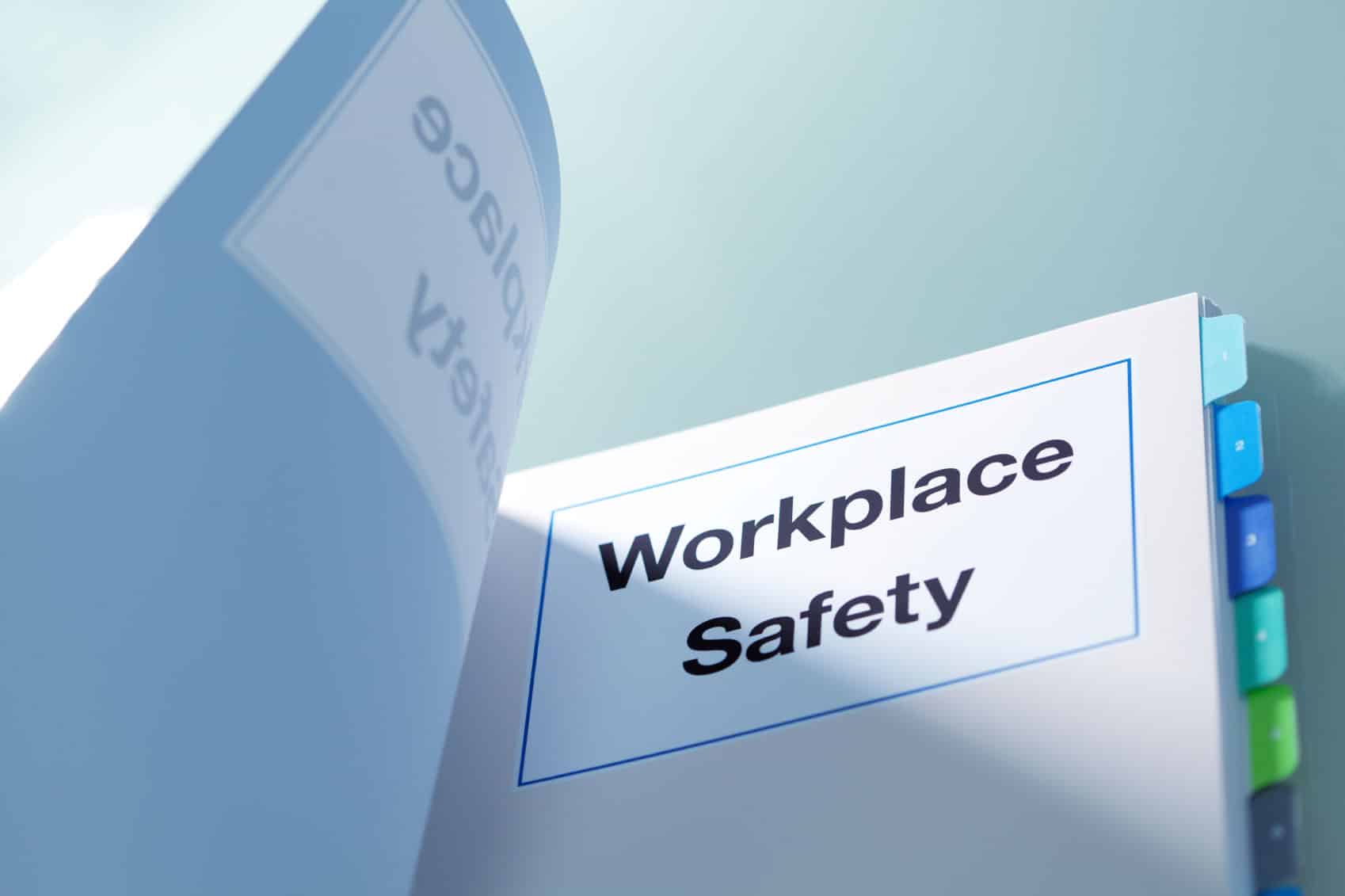Quick access to an emergency eyewash/shower station is vital in the event of an incident. “The first 10 to 15 seconds after exposure to a hazardous substance, especially a corrosive substance, are critical,” the Canadian Center for Occupational Health and Safety states. CCOHS goes on to note that delaying treatment, even for just a few seconds, may result in serious injury to a worker. Below, industry insiders discuss common mistakes regarding emergency eyewashes/showers, and what’s new in the field.
How mistakes happen
Water temperature issues and lack of testing are common mistakes that occur with emergency eyewashes/showers. If the water is too cold – or too hot – the user is much less likely to withstand the full 15-minute flush.
Casey Hayes, director of integrated sales and operations for Sparks, NV-based Haws Corp., also spoke of issues with not flushing for the full 15-minute period. “This is attributed to either product deficiency or improper training,” Hayes said. “Weekly and yearly testing will mitigate against product issues, but it’s important to frequently train and re-train team members.”
Advancements
Comfort is, not surprisingly, a driving force when it comes to product advancements. “Eyewash and safety showers are transitioning to focus on victim comfort and ease of use as the primary features,” Hayes said. “This includes smooth water flows for comfortable water pressure, internal flow control to match ANSI Z358.1 flow and velocity requirements, and a reasonable water temperature to encourage a full 15-minute flush.”
So what’s the most important thing workers should know concerning emergency eyewashes and showers? According to Hayes, it’s the ability for workers to know how to operate emergency equipment. “If a victim cannot properly use the equipment for the required time there is a potential for increase of injury and associated liabilities,” he said.
Washington Update: No Fines for ‘Minor’ OSHA Violations?Here at Haws we believe in safety inside and outside of the workplace. We strive to make sure our employees follow Occupational Safety&Health standards to make for healthy and safe workplace. Recently Safety and Health released an article titled “Washington Update: No Fines for ‘Minor’ OSHA Violations?” Below you can read the introduction of the article.
“Should employers face fines for “minor, trivial” OSHA violations? At least one congresswoman is saying no.
Under legislation introduced April 22 by Rep. Vicky Hartzler (R-MO), employers would not be subject to monetary fines for other-than-serious violations discovered by OSHA if those violations are abated within a certain period of time.
Hartzler, in a press release, characterized some other-than-serious violations as “bizarre” – for example, cords outside a conduit, a yellow line not painted in the right spot or an emergency eyewash station’s water being too cold.
The bill “adds a level of common sense that provides regulatory relief for business[es] concerned with being nickeled and dimed with small infractions while maintaining the current strong worker safety provisions in the Occupational Safety and Health Act,” a spokesperson for the representative said in an email to Safety+Health.
The legislation would afford employers an opportunity to correct minor infractions and protect themselves from penalties that could add up to as much as $7,000. The spokesperson stressed that the bill applies only to “non-serious infractions,” and employers would still face penalties for willful, repeat or serious violations.”
To read more click here (via-Safey+Health)





